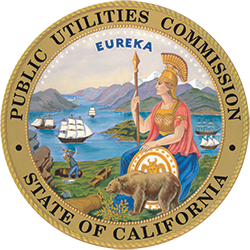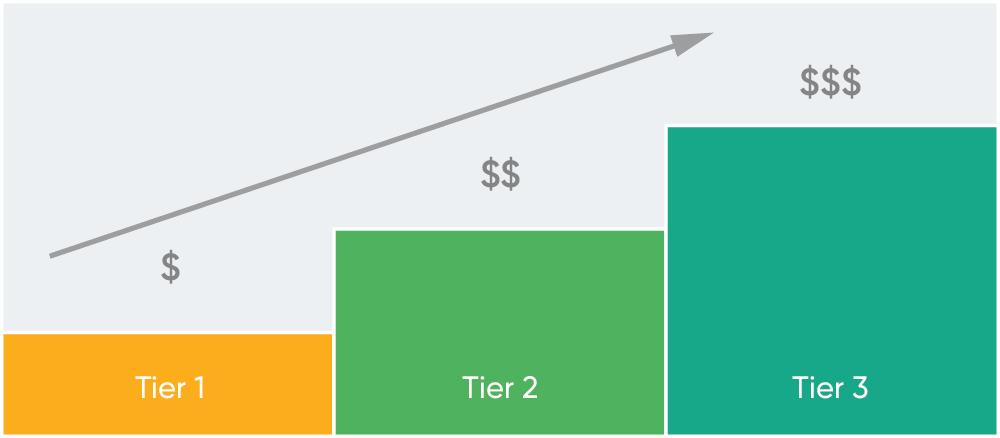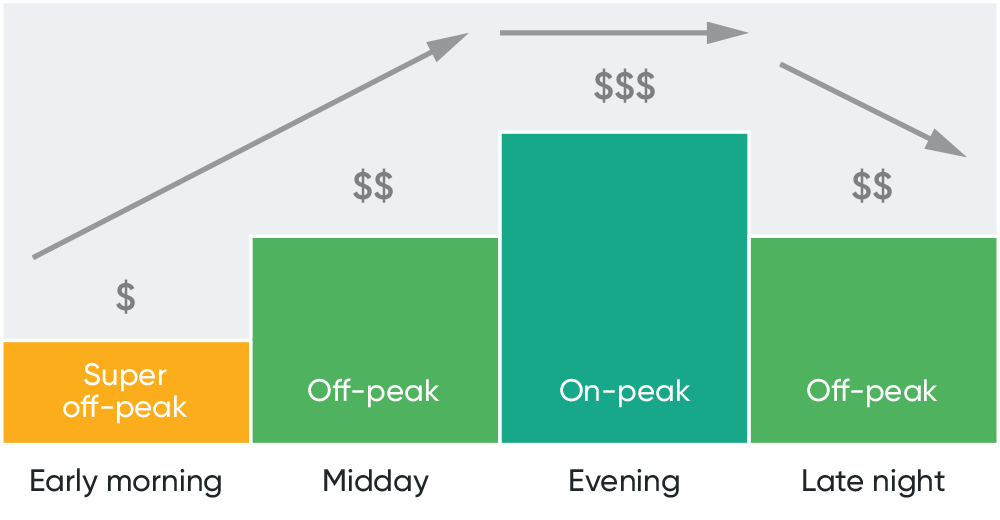Once you have solar energy, you should understand how to maximize your savings.
Virtual Net Energy Metering (VNEM)
The SOMAH Program requires that tenants receive at least 51% of the solar credits from each SOMAH project. VNEM will be used to apply solar credits directly to your utility bill. VNEM is a billing process that allows a single solar panel system to divide bill credits among multiple tenant units and common areas.
VNEM keeps track of
- The electricity created by the solar panels on your property
- The electricity sent to the electric grid, as measured by the solar meter and recorded by your utility company
- The electricity your household uses as measured by your electric meter
- The amount of solar credits allocated to your household to lower your monthly bill
It is important to understand how having solar on your property will affect your utility bill. There will be changes to both the way your utility bill looks and how it is calculated.
PG&E brochure: Understanding the Virtual Net Energy Metering Program
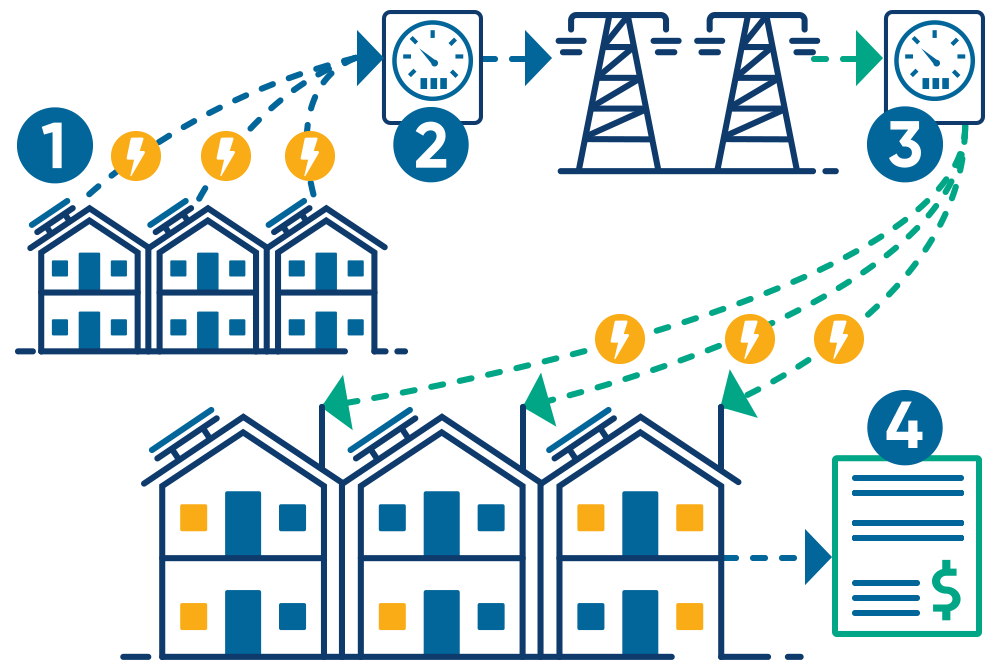
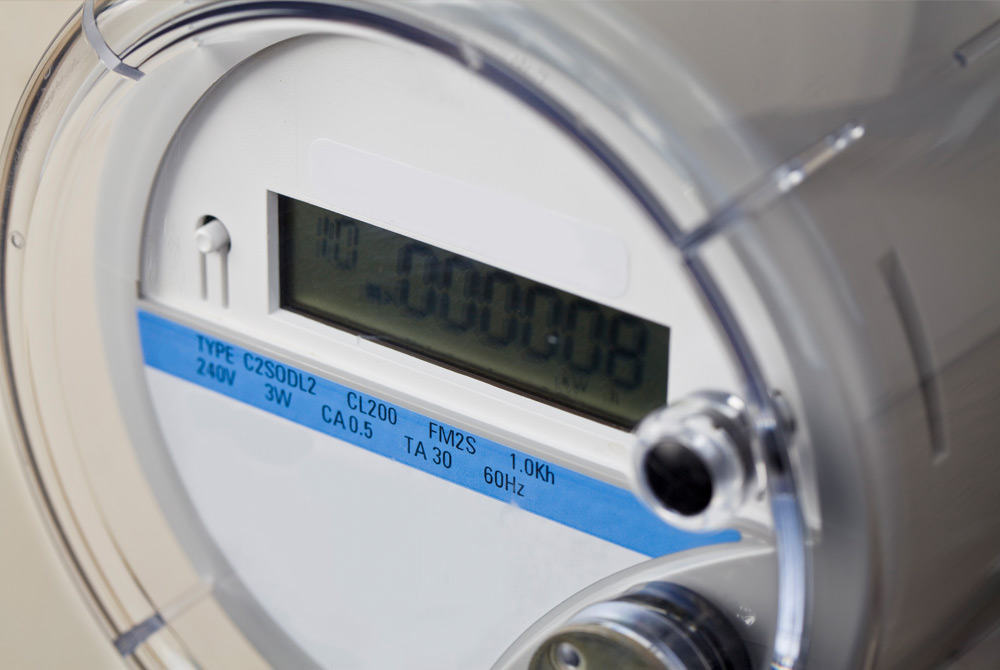
Billing After Solar Panel Installation
Once solar panels are installed and turned on:
- Tenants within the PG&E, SCE, PacifiCorp and Liberty Utilities territories will remain on their existing rate
- Tenants in the SDG&E territory will be switched to an applicable TOU rate
- Tenants may opt out of TOU to a tiered plan
- Common areas will be required to switch to a TOU rate
Utility Rates
Which rate is best for me?
Determining which rate is best depends on how much and when electricity is consumed by reviewing historical data. Visit your utility's website for details on which rates are available to you.
More Information
Contact your utility for specifics on your rate structure.
|
Service territory |
Customer Support |
|---|---|
|
SDG&E |
800-411-7343 |
|
SCE |
800-655-4555 |
|
PG&E |
English: 800-743-5000 |
|
PacifiCorp |
English: 888-221-7070 |
|
Liberty Utilities |
760-247-6484 |
Want to learn more about SOMAH's job training and how you can get involved?
Visit SOMAH's Job Training Eligibility page or contact workforce@CalSOMAH.org

